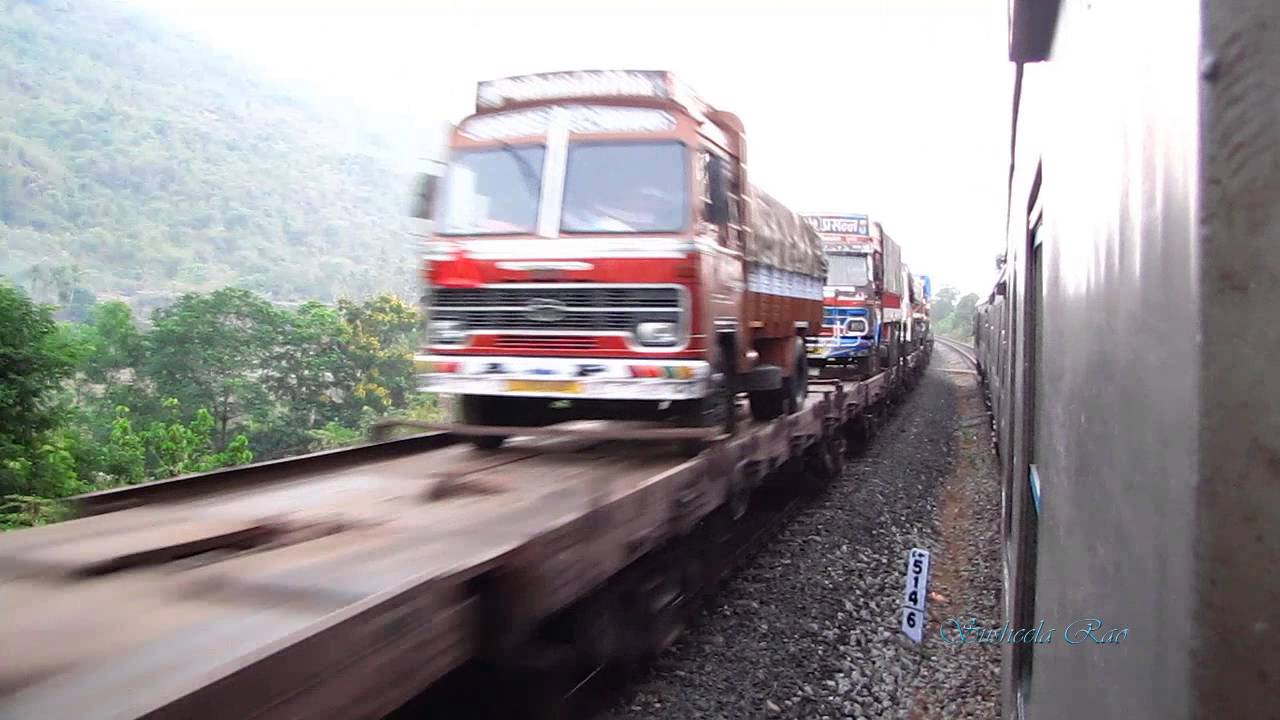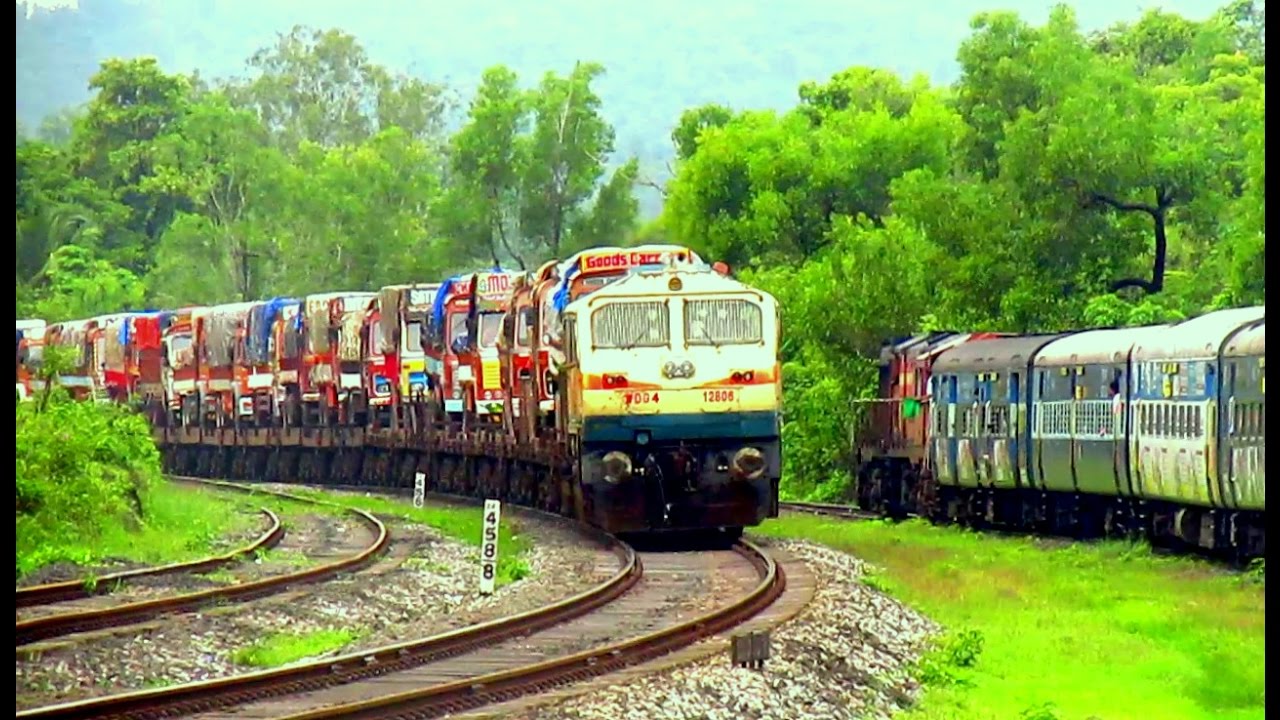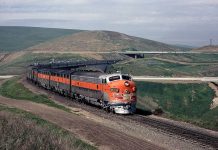Awesome RORO Incredible Indian Railways
Roll On Roll Off (RORO) – the goods train carrying trucks on the Konkan Railway – simply awesome..
RORO means Roll-on/roll-off, where loaded trucks are directly carried by railway wagons to their destination. Konkan Railways passes through tough terrains of India. There is NH-17 passing through same route. Truck drivers find it extremely difficult to drive loaded trucks through ghats, undulating surfaces, narrow roads and poor road and weather conditions.
The KRC came with concept of RORO, where loaded trucks are moved on wagons and are travelled by train. This has helped in saving of fuels, decrease in wear and tear of lorries (trucks), relief to drivers of driving in extreme conditions, can reach faster to destination. This also helps in decongestion of roads and lowering of pollution. This concept has been beneficial for both truck operators and KRCL.
About Indian Railways…
Indian Railways (reporting mark IR) is a State owned national transporter, responsible for rail transport in India. It is owned and operated by the Government of India through the Ministry of Railways.


It is the third largest railway network in the world comprising 119,630 kilometres (74,330 mi) of total track and 92,081 km (57,216 mi) of running track over a route of 66,687 km (41,437 mi) with 7,216 stations at the end of 2015-16.
In 2015-16, IR carried 8.107 billion passengers annually or more than 22 million passengers a day and 1.101 billion tons of freight annually. As of the end of 2015-16, of the total 68,525 km (42,579 mi) route length, 28,327 km (17,602 mi) or 45% were electrified and 28,371 km (17,629 mi) or 37% were double or multiple line routes.
The railway network is predominantly a broad gauge network. Small stretches of the network use metre and narrow gauges. All the electrified lines use 25 kV AC electric traction.
IR is divided into 17 zones, which are further sub-divided into divisions. The number of zones in IR increased from six to eight in 1951, nine in 1966 and sixteen in 2003.Each zonal railway is made up of a certain number of divisions, each having a divisional headquarters. There are a total of sixty-eight divisions.
Each zone is headed by a general manager, who reports directly to the Railway Board. The zones are further divided into divisions, under the control of divisional railway managers (DRM). The divisional officers, of engineering, mechanical, electrical, signal and telecommunication, accounts, personnel, operating, commercial, security and safety branches, report to the respective Divisional Railway Manager and are in charge of operation and maintenance of assets. Further down the hierarchy tree are the station masters, who control individual stations and train movements through the track territory under their stations’ administration.



















